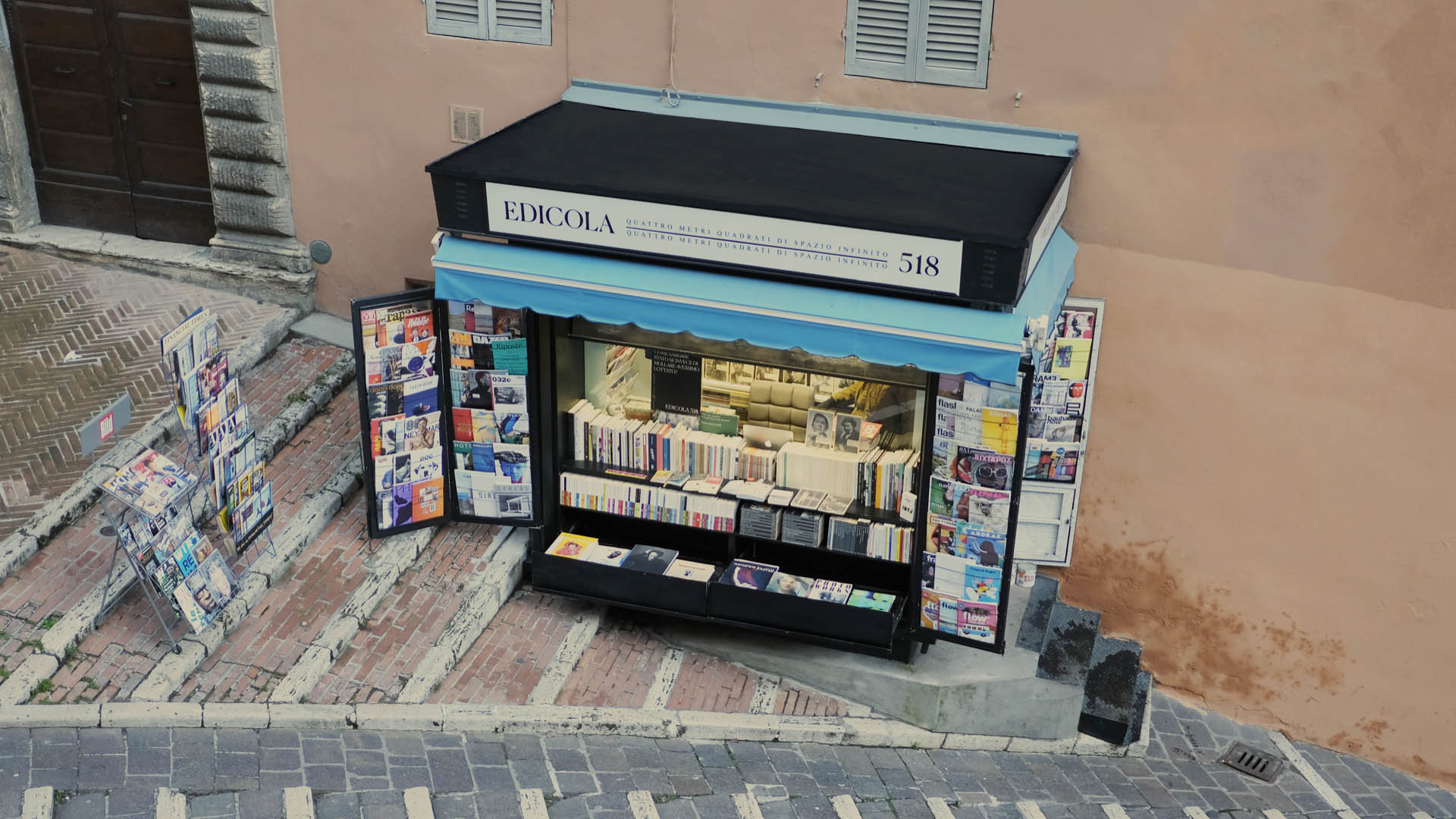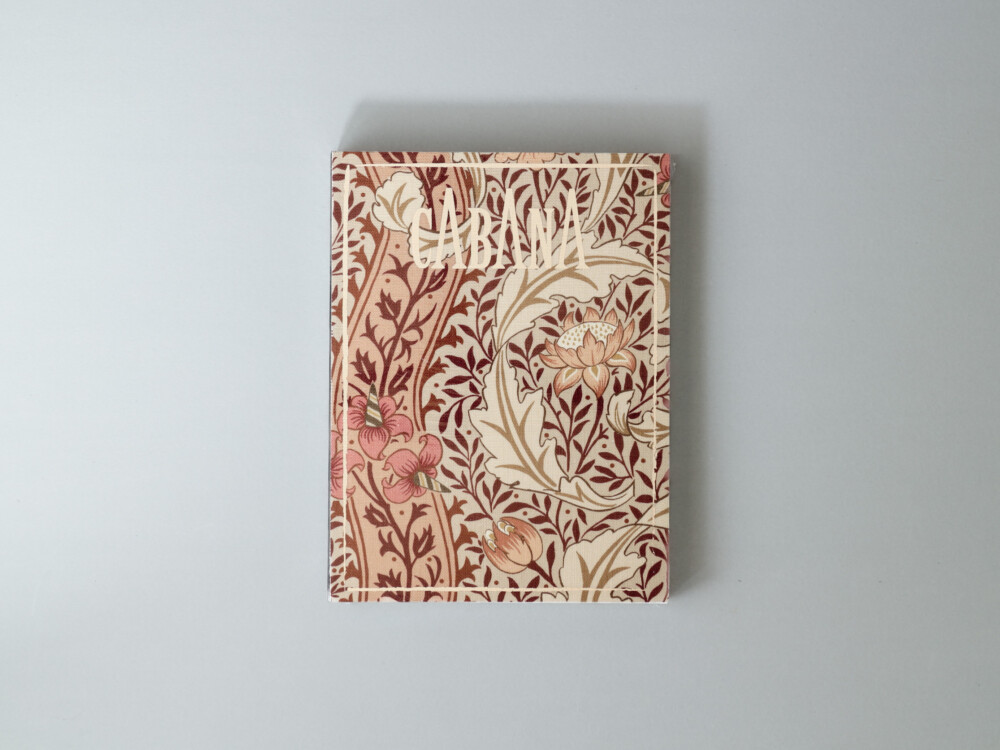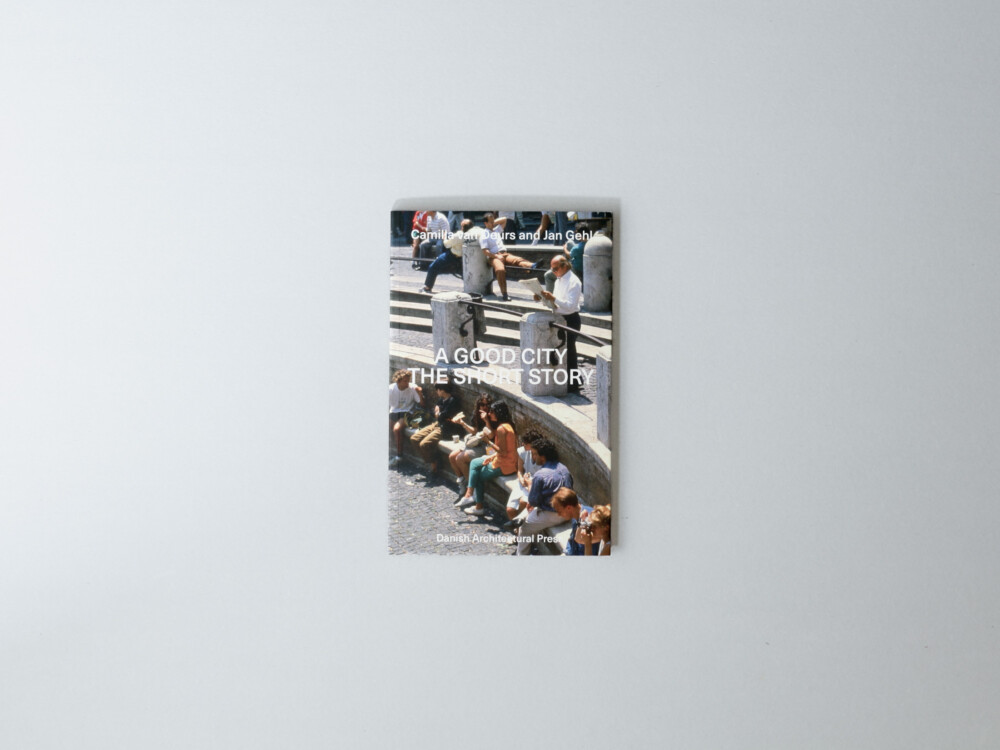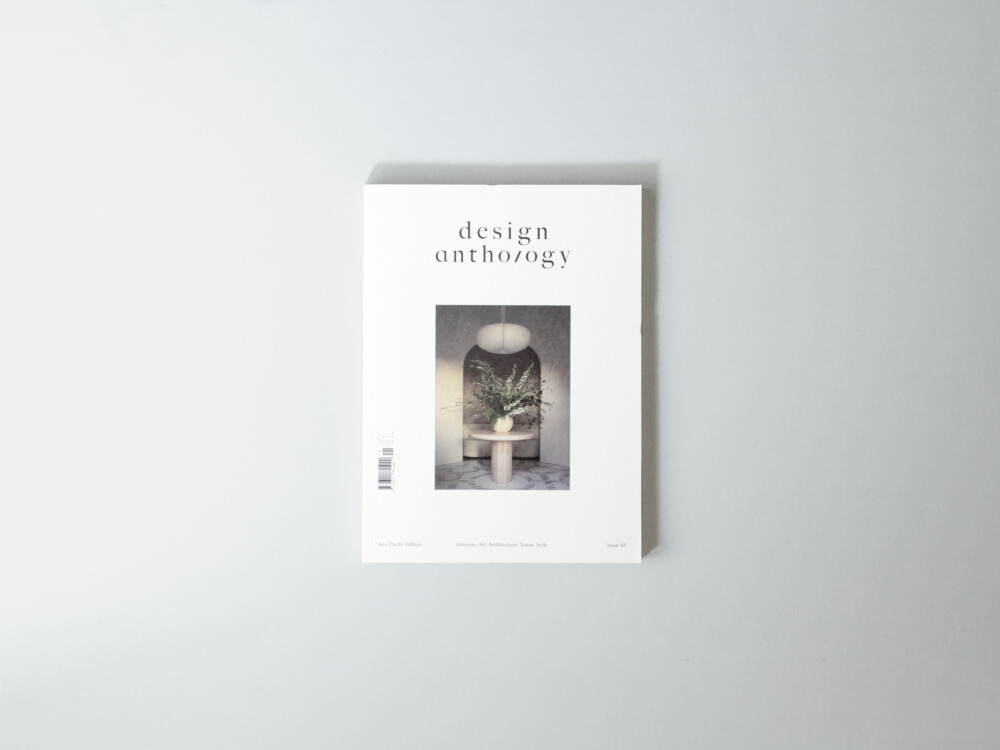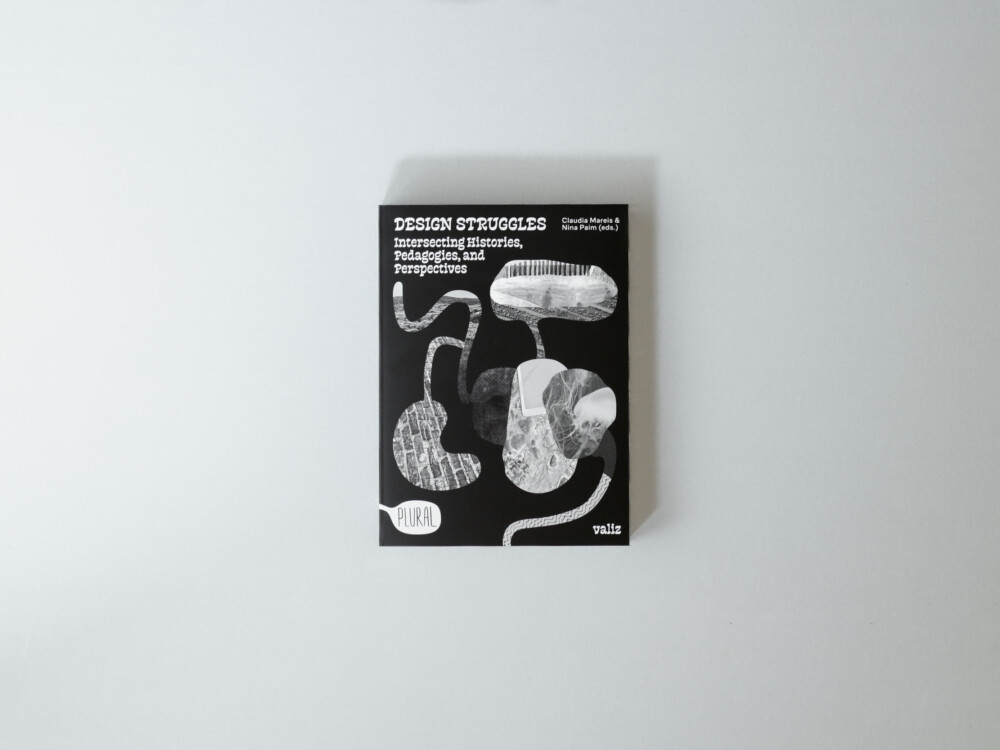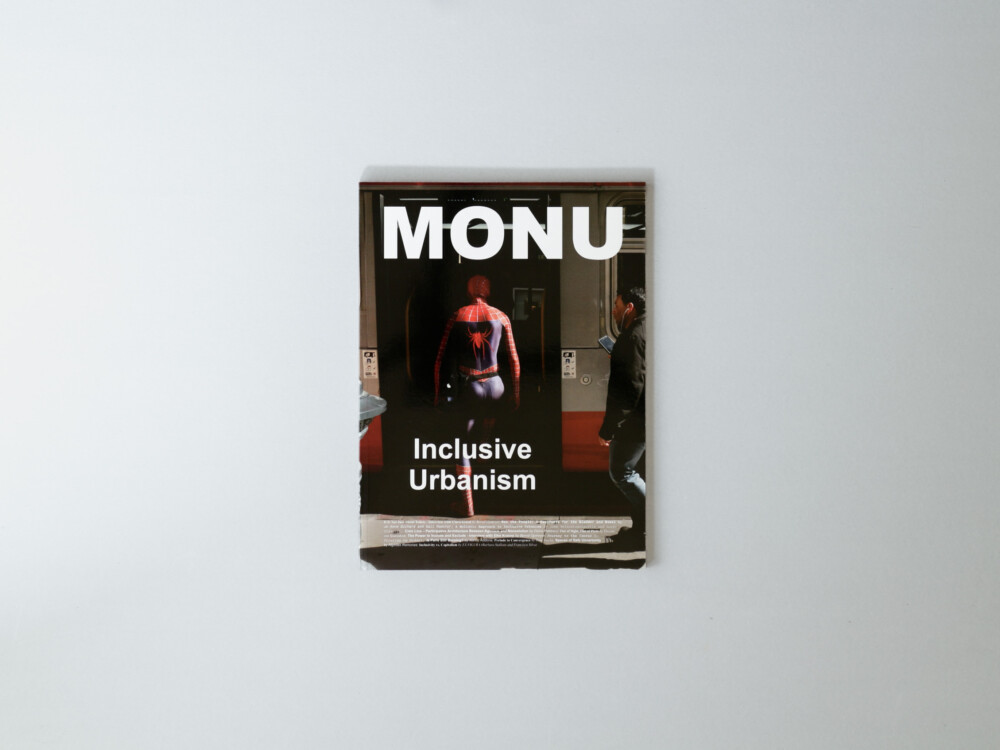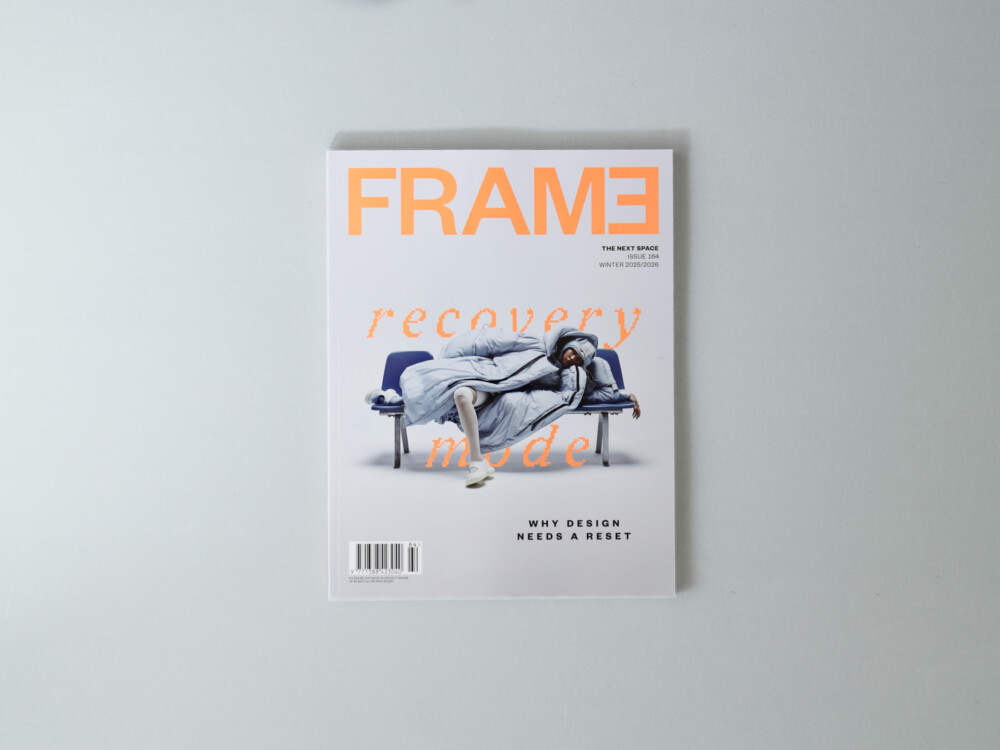As architects and designers work to reduce the building industry’s outsized contribution to the climate crisis, Harvard Design Magazine 53 argues that the reuse and repair of existing structures offer architects and planners a vital path forward—one that keeps cities alive and responsive to their inhabitants.
Guest edited by architect Jeanne Gang and historian Lizabeth Cohen, Harvard Design Magazine 53: Reuse and Repair engages the practice of reuse across multiple scales—from individual buildings to downtown streets to the regulatory frameworks that organize urban life. Bringing designers and planners together with mayors, educators, artists, and scholars from fields including urban and architectural history, disability studies, sociology, and ethnography, Gang and Cohen open a conversation about how designing toward a low-carbon future can align with the wider work of caring for and remaking cities and society.
Common themes have emerged. Rehabilitating existing structures can save between 50 and 75 percent of embodied carbon emissions compared to new construction. Governments and institutions increasingly recognize this significance, enacting incentives and regulations to encourage reuse and curb the building industry’s carbon pollution. Yet as Daniel M. Abramson observes, the idea that a building can become “obsolete” has for more than a century given real estate developers powerful incentives to build anew. The architectural profession itself—as well as the schools that populate its ranks—continues to promote the notion that creating new buildings is architecture’s highest expression. As Eric P. Mumford explains, architects who design formally distinctive buildings from



